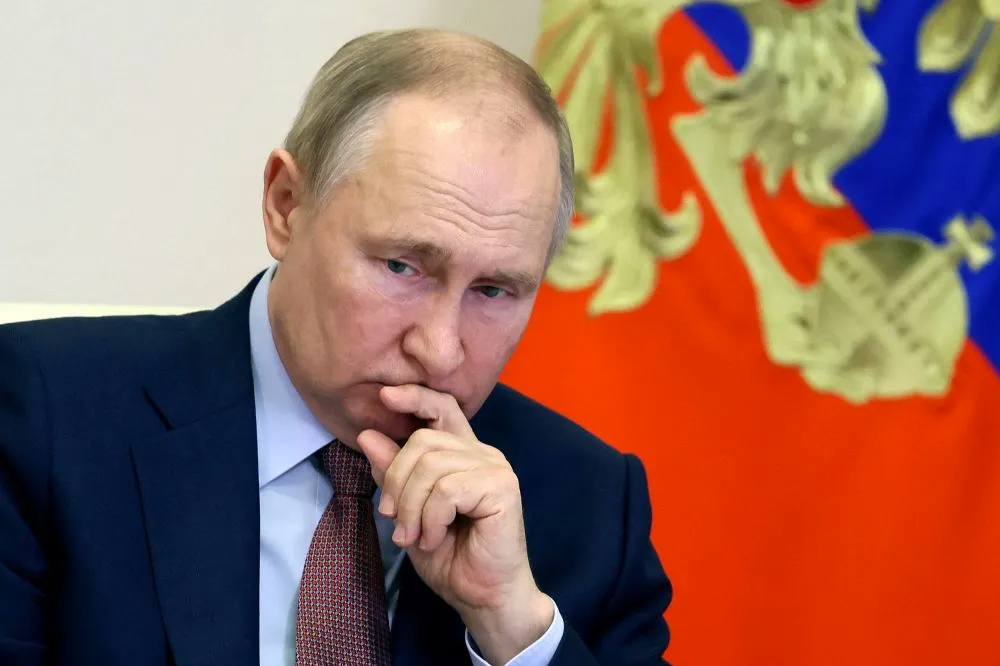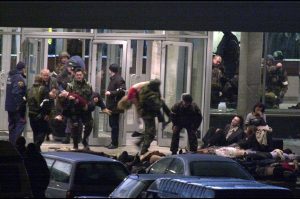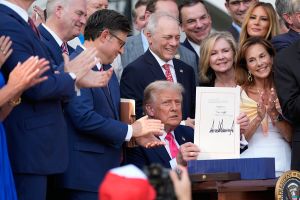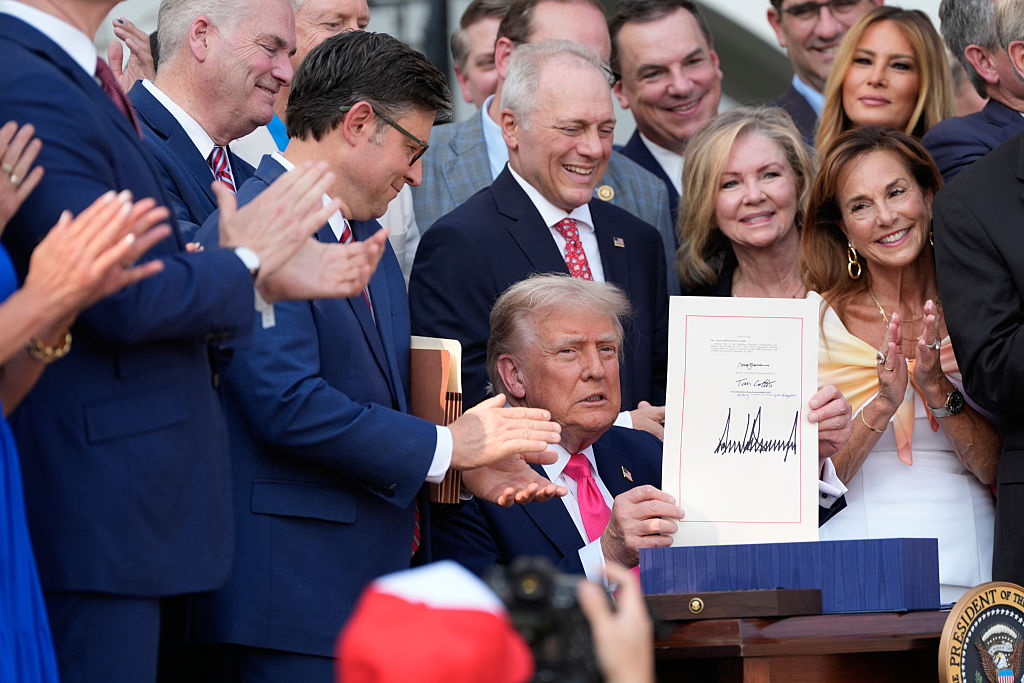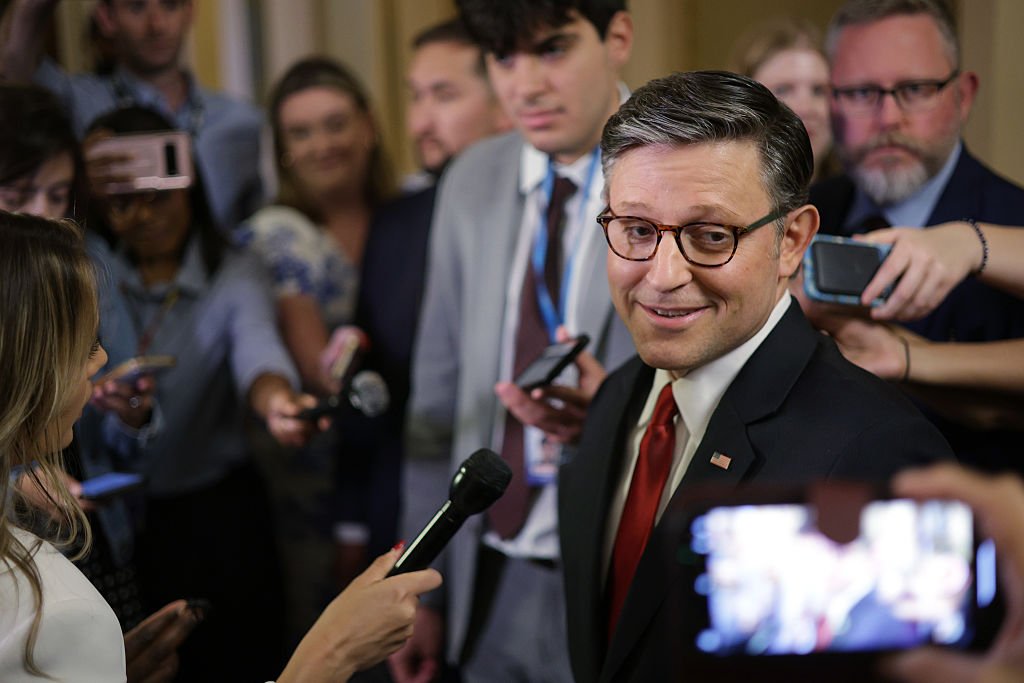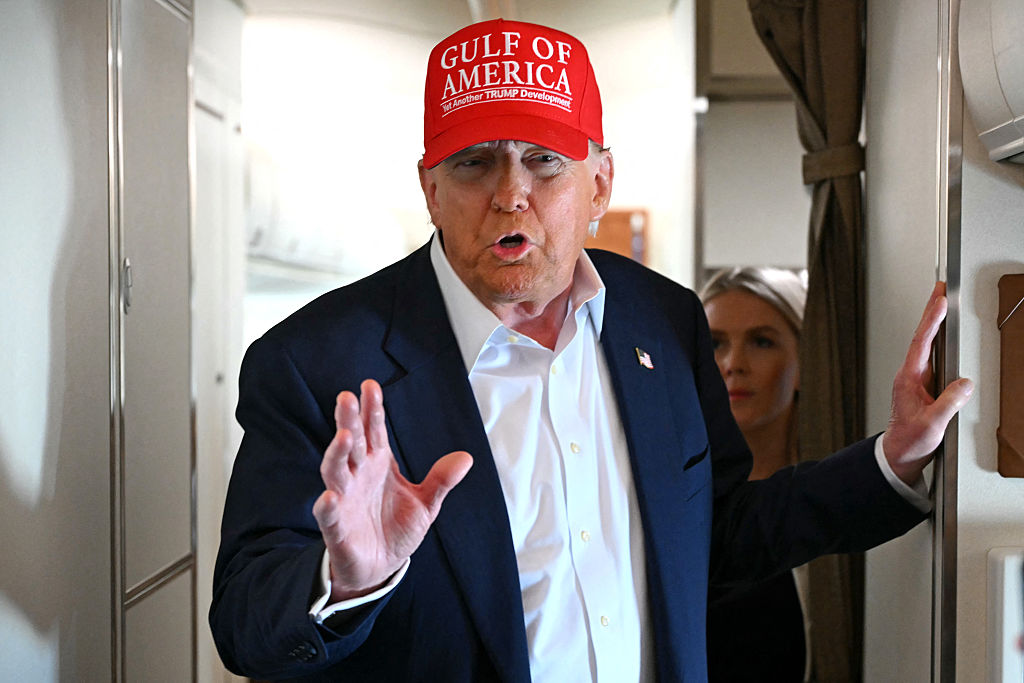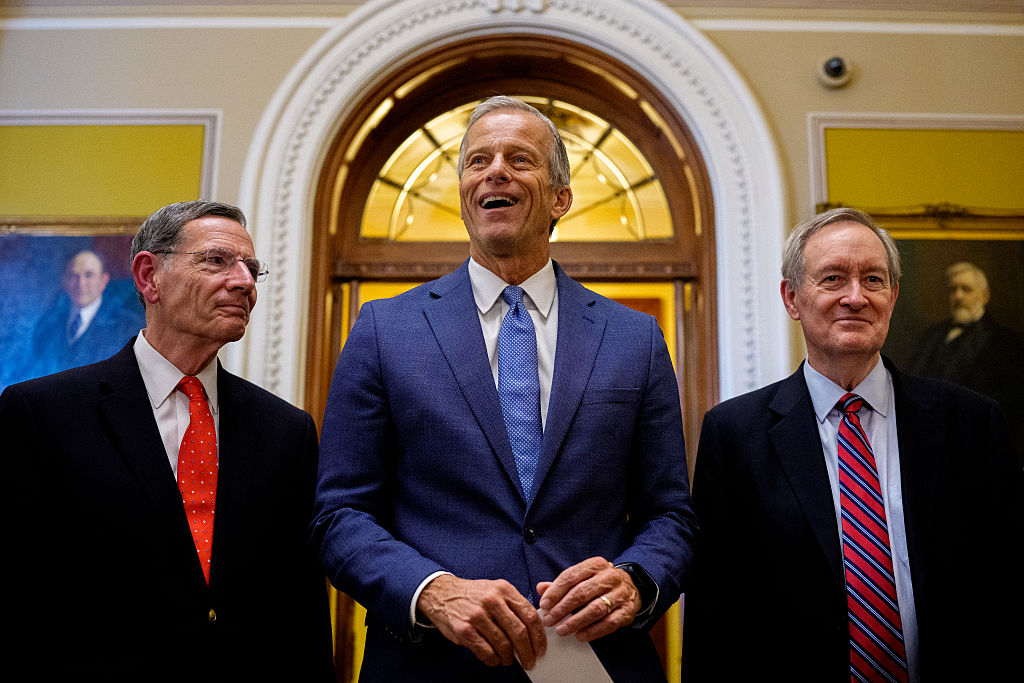After thirteen months of war, Ukraine’s infrastructure is in a dire state. Its armies are preparing for a counteroffensive, and its economy is not likely to fare any better this year than it did in the last. Kyiv will need more money from the West — and the West will have to provide. The need is clear, but the will, in the United States and Europe, less so. Thankfully there is a way around this looming problem, courtesy of the Central Bank of the Russian Federation.
Representative Stephanie Bice of Oklahoma has submitted the Make Russia Pay Act, which authorizes the federal government to seize, deem as forfeited, and liquidate Russian assets that are currently frozen in the US. Bice says, “At the start of the invasion, the Russian Central Bank had about $100 billion in US dollars… My legislation would provide at least this amount of funding for Ukraine.” She continues, “[It] essentially acts as a Marshall Plan and is a fiscally responsible way for the United States to take action against the Russian war machine and hold Putin and his oligarchs accountable.”
While the idea of liquidating and utilizing Russian assets in America has been floating around for some time, legal hurdles (and a slow moving administration) have resulted in little progress. Just last month, Treasury Secretary Janet Yellen indicated that the money will not be freed anytime soon. Even the EU may get out ahead of Washington.
This is not to minimize the legal considerations — which are many — but to suggest that those considerations have not been managed with the requisite urgency. The Make Russia Pay Act would make most of those domestic legal concerns null and void, however, because it would give the executive explicit authority to liquidate and utilize Russian assets for humanitarian, reconstruction and security aid to Ukraine.
In any case, there are other concerns worth addressing. First is that if the reserves are liquidated, the United States will lose leverage against Putin. The thought is that the US can dangle the money as a motivation for Moscow to leave Ukraine — stop the war, get the cash. While the logic is straightforward, it does not hold up. The money has been frozen for over a year, yet the invasion continues. If Putin has been willing to lose over 100,000 troops, oversee his economy’s deepening crisis under extensive Western sanctions, and become dependent on China, $100 billion will not change his mind. Putin has made his bet, and the best the West can do now is exact harsh punishment. Using the money to fund Ukraine’s defense would be a more viable inducement for Moscow to reverse course.
Another concern is that if the US were to eliminate the Russian Central Bank’s legal immunities, other nations would do the same to the US. There does not seem to be much cause for concern here, because the United States would likely not receive much protection in the courts of these nations anyway. If said nations are going to go after America for liquidating the assets of a country that is both economically small and in clear violation of international law, then our assets are not safe there to begin with. Allies, partners, and neutral powers have little interest in going after US sovereign immunity, and, particularly in the Western world, should not have much of a problem with the use of Russian assets if America leads the way.
This dovetails with a third concern: by seizing and liquidating Russia’s central bank assets, America’s spot atop the world financial system will take a hit, because other powers will be warier about placing their foreign reserves in America. It is, however, as Philip Zelikow and Simon Johnson point out, too little, too late. By freezing the Russian Central Bank’s reserves, the US has made clear that aggressor countries’ assets will not find a safe haven. If Beijing begins preparations to invade Taiwan, removing its assets from American shores will be on the to-do list, whether Russian assets are liquidated or not. As for the rest of the world, nothing will change for those who know they have nothing to fear.
The benefits of taking control of Russia’s foreign reserves are obvious. If the US can get its allies on board, about $300 billion is available. This would go a long way toward ensuring Ukraine’s victory and rebuilding the nation. It would also help mitigate domestic discontent over funding Ukraine aid, a problem that threatens to delay or derail future support packages. And as Bice says, “Russia must pay the price for their destruction and their unwarranted invasion of Ukraine.” What better way to exact that price than by using Putin’s cash to help destroy Putin’s army?
With the war entering another critical phase, the speed and decisiveness of Western support will be key. The Make Russia Pay Act is an important tool to make sure that Western aid keeps flowing, and that the Ukrainians will have the resources they need to take this fight to its conclusion.



